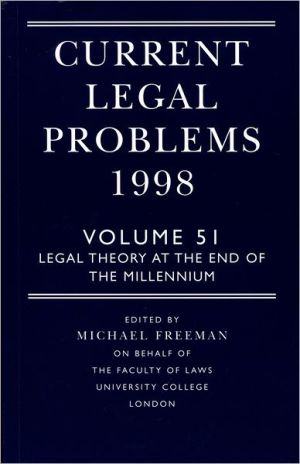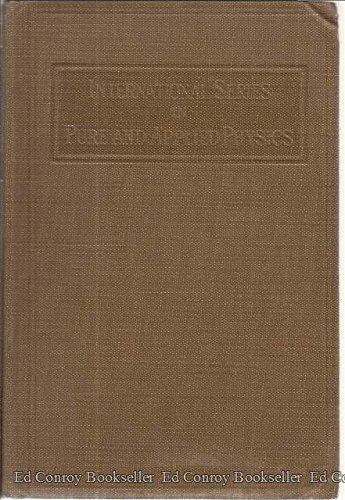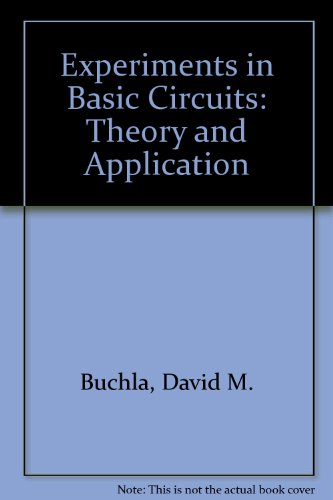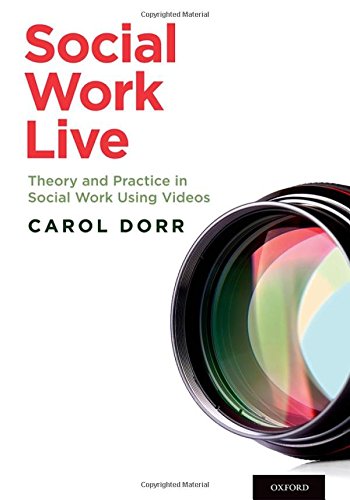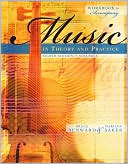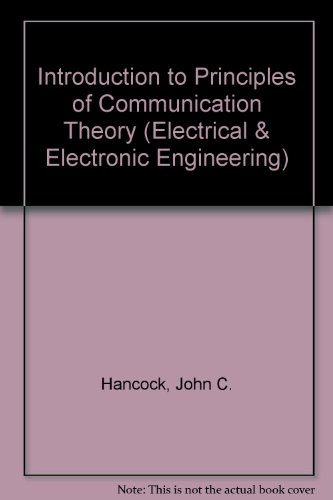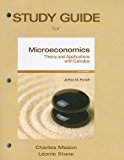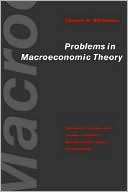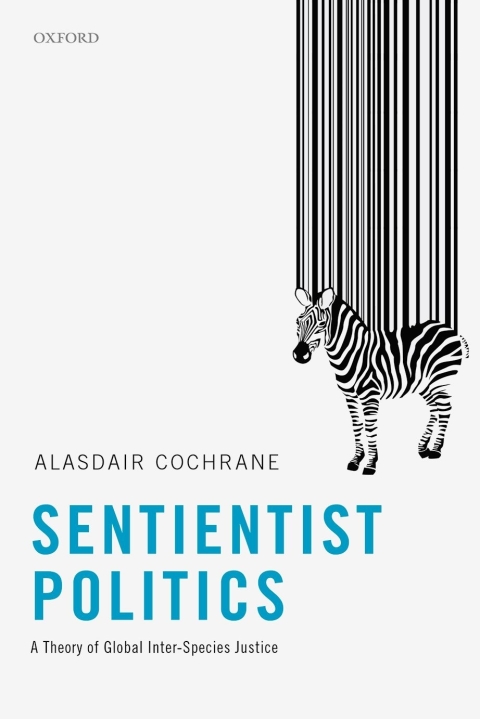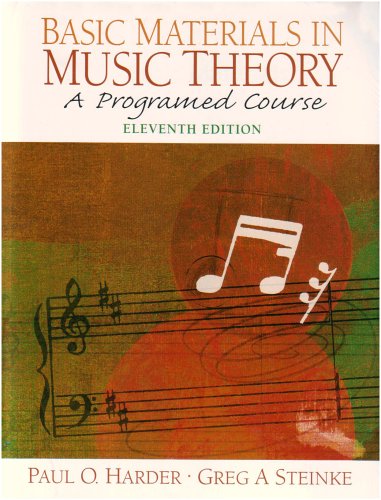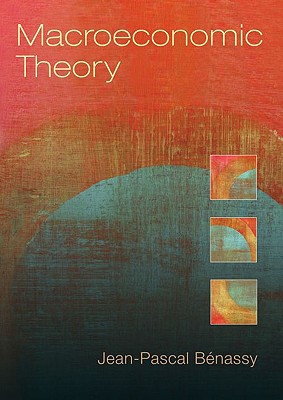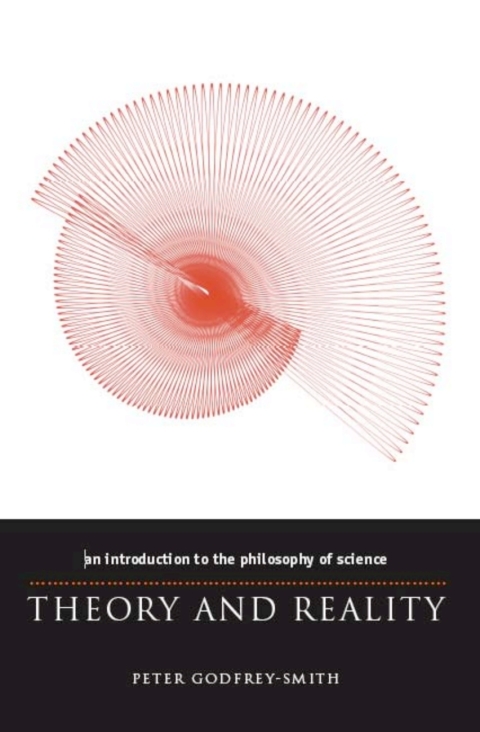Dissolving binding theory
Rooryck, Johan.
This Book Examines The Distribution Of Anaphors And Pronouns. Through A Detailed Analysis Of Simplex And Complex Anaphors In Dutch And English, As Well As Other Romance And Germanic Languages, The Authors Show That The Relationship Between An Anaphor And Its Antecedent Can Be Captured In Terms Of General Minimalist Principles. Machine Generated Contents Note: 1. Introduction -- 2. Binding, Agree, And The Elsewhere Principle -- 2.1. Outline -- 2.2. Agree(ment) And Binding -- 2.2.1. Central Assumptions -- 2.2.2. Syntax Of Binding Relationships -- 2.2.3. Lexical Insertion -- 2.2.4. Semantic Interpretation -- 2.3. Absence Of Principle B Effects (apbe) -- 2.3.1. What Is It? -- 2.3.2. Gaps In The Reflexive Paradigm -- 2.3.3. Diachronic Evidence -- 2.3.4. Haitian Creole -- 2.3.5. Reflexive Pronouns And Clitics In Romance -- 2.4. Distributed Morphology Account -- 2.4.1. German -- 2.4.2. Dutch -- 2.4.3. Brabant Dutch -- 2.4.4. French -- 2.4.5. Possessive Pronouns -- 2.5. Competition Among Insertion Rules -- 2.5.1. Language Change: Old, Middle, And Modern English -- 2.5.2. Microvariation: Haitian Creole -- 2.5.3. Li Acquisition -- 2.6. Other Similar Proposals -- 2.6.1. Underspecification -- 2.6.2. Agree-based Theories -- 2.6.3. Safir (2004) -- 2.7. Conclusion -- 3. Syntax Of Simplex Reflexives -- 3.1. Introduction -- 3.2. Unaccusative Syntax And Inalienable Possession -- 3.2.1. Verbs Of Bodily Harm -- 3.2.2. Developing The Unaccusative Analysis -- 3.2.3. Verbs Of Physical Disruption -- 3.2.4. Psych Verbs -- 3.3. Extending The Analysis -- 3.3.1. Verbs Of Movement And Change -- 3.3.2. Inherendy Reflexive Verbs -- 3.3.3. Inalienable Possession -- 3.3.3.1. Prefixed Inherendy Reflexive Verbs -- 3.3.3.2. Acl Contexts With Laten `let' -- 3.4. Unaccusativity And Agentivity -- 3.4.1. Introduction -- 3.4.2. Verbs Expressing Specialized Activities -- 3.4.3. Residual Cases Of De-agentivized Subjects With Zich -- 3.5. Conclusion And Consequences -- 4. Self-reflexives As Floating Quantifiers -- 4.1. Introduction -- 4.2. Self-reflexives, Intensifiers, And Floating Quantifiers -- 4.2.1. Floating Quantifiers And Intensifiers -- 4.2.2. Intensifiers And Reflexives -- 4.2.3. Floating Quantifiers, Reflexives, And Intensifiers -- 4.3. Analysis -- 4.3.1. Floating Quantifiers: Previous Analyses -- 4.3.2. Adverbial Floating Quantifiers And Agree -- 4.3.3. Intensifiers -- 4.3.4. Self-reflexives -- 4.4. Logophors -- 4.4.1. Logophors Contained In Islands -- 4.4.2. Logophors In Argument Position -- 4.5. Conclusion -- 5. Extending The Analysis -- 5.1. Introduction -- 5.2. Reflexives In Pps -- 5.2.1. Introduction -- 5.2.2. Two Kinds Of Pps -- 5.2.3. Analysis -- 5.2.4. Pps And Phases -- 5.3. Nonlocal Reflexives -- 5.3.1. Introduction -- 5.3.2. Restrictions On Nonlocal Zich -- 5.4. Configurations Of Zich -- 5.5. Simplex And Complex Reflexives Crosslinguistically -- 5.5.1. Introduction -- 5.5.2. Distribution Of Self-less Reflexives -- 5.5.3. Four Types Of Reflexives -- 5.5.4. Consequences -- 5.5.5. On The Correlation Between The Morphology And The Semantics Of Reflexives -- 5.6. Conclusion -- 6. Semantics Of Simplex And Complex Reflexives: The Case Of Zich And Zichzelf -- 6.1. Introduction -- 6.2. Zich As A Spatiotemporal Interval -- 6.2.1. Introduction -- 6.2.2. Internally Driven Change -- 6.2.2.1. Reflexive-inchoative Alternation In Dutch -- 6.2.2.2. Unaccusative Verbs -- 6.2.3. Reflexives And Aktionsart -- 6.3. Spatiotemporal Stages Elsewhere In The Grammar -- 6.3.1. Ambiguous Subjects -- 6.3.2. Systematic Ambiguity? -- 6.3.3. Psych Verbs -- 6.3.4. Psych Readings Of Non-psych Verbs -- 6.3.5. Binding With Psych Verbs -- 6.3.6. Syntax Or Encyclopedia? -- 6.4. Dissociation Effects -- 6.5. Conclusion -- 7. Syntax Of Spatial Anaphora -- 7.1. Introduction -- 7.2. Data -- 7.2.1. Quantifier-pronoun Binding -- 7.2.2. Perspective -- 7.2.3. Nature Of The Location -- 7.3. Axial Parts -- 7.3.1. Ingredients -- 7.3.2. Implementation -- 7.4. Binding In Snake-sentences -- 7.4.1. Proposal In A Nutshell -- 7.4.1.1. Binding -- 7.4.1.2. Perspective -- 7.4.1.3. Nature Of The Location -- 7.4.1.4. Absence Of Perspectival And Location Differences -- 7.4.2. Extensions Of The Analysis -- 7.4.2.1. Pictures: Whose Perspective Is It Anyway? -- 7.4.2.2. Identity In Self-forms -- 7.4.3. Dutch -- 7.5. Small Clauses With Have -- 7.5.1. Possessive Have -- 7.5.2. Unexpected Quantifier Binding -- 7.5.3. Animacy Effects -- 7.5.4. Inherent Vs Contingent Possession -- 7.6. Other Approaches -- 7.6.1. Structural Differences Of The Pps Involved -- 7.6.2. Asymmetry In Binding Domains -- 7.6.3. Reinhart And Reuland (1993) -- 7.7. Conclusion -- 8. Conclusion. Johan Rooryck & Guido Vanden Wyngaerd. Includes Bibliographical References (p. [294]-311) And Indexes.
| Name in long format: | Dissolving Binding Theory University Press Scholarship Online |
|---|---|
| ISBN-10: | 0199691339 |
| ISBN-13: | 9780199691333 |
| Book language: | en |
| Edition: | 1 |
| Binding: | Paperback |
| Publisher: | Oxford University Press |
| Dimensions: | xvi, 325 p. : ill. ; 24 cm. |


